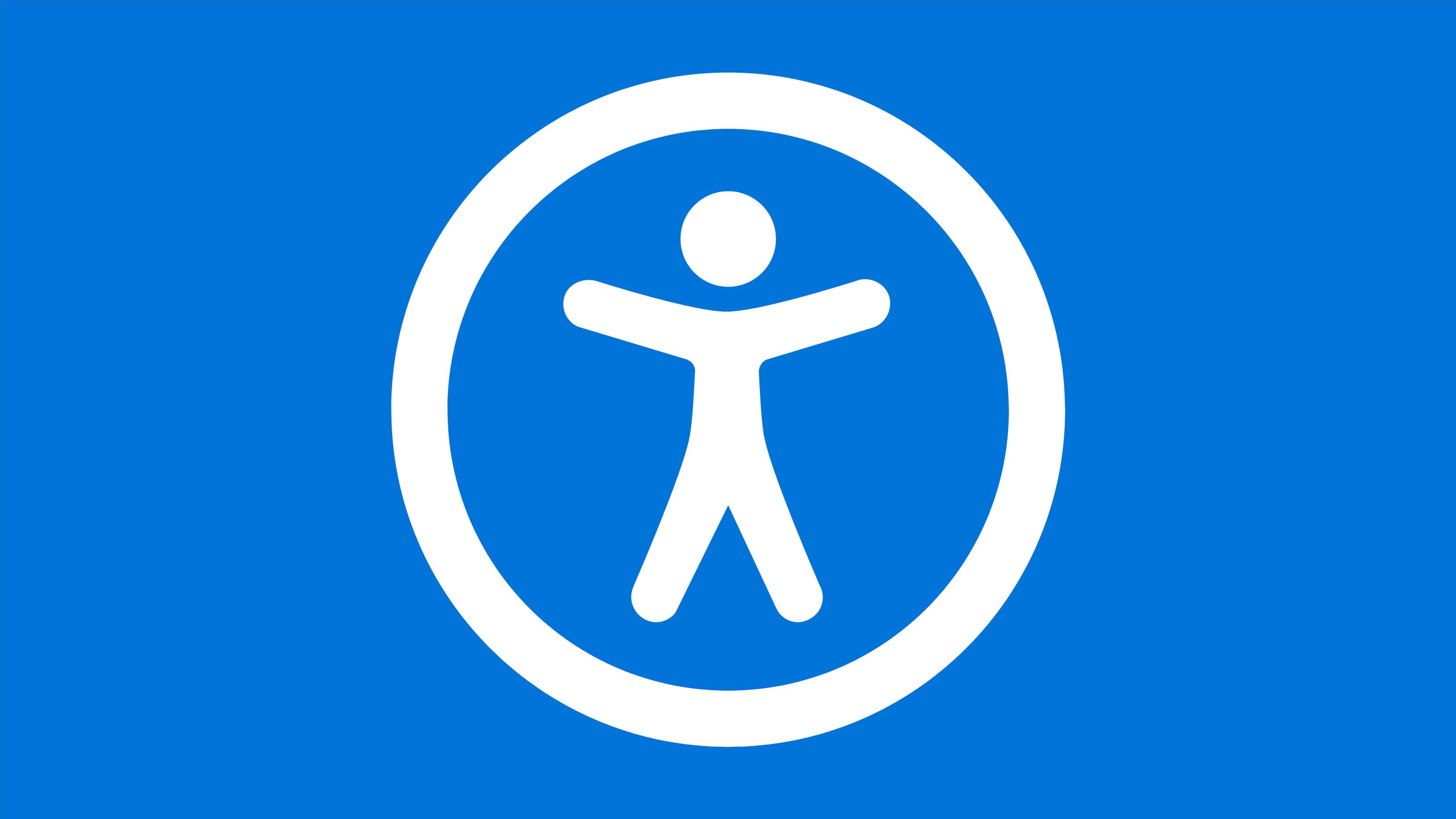Universal Design vs. Accommodations
What is universal design? And how does it relate to accommodations?

Contents
Introduction
Jamie Knight works for the BBC. He likes to say that his job is “to make sure that our apps, websites, and services don’t disable people.” That viewpoint is informed by the social model of disability.
One method to not disable people is to practice universal design. Universal design is the “design of products and environments to be usable by all people, to the greatest extent possible, without the need for adaptation or specialized design.” If you practice universal design, you won’t need to provide accommodations for people as often, because your building or website will be usable to more people by default. You may still need to provide some accommodations, but if you do your best to practice universal design and avoid disabling anyone, you won’t need to provide specialized accommodations nearly as often.
Universal Design
The term “universal design” was coined by the architect Ronald Mace, and North Carolina State University’s Center for Universal Design developed seven principles of universal design:
- Equitable Use: Ideally, everyone should be able to use the same thing in the same manner. If that isn’t possible, then equivalent options must be provided.
- Flexibility in Use: For example, can both right and left-handed individuals use the same thing?
- Simple and Intuitive Use: What if someone isn’t literate or they know a different language? Is it still intuitive to them how to use something?
- Perceptible Information: Can someone who has low vision or who’s blind still access the underlying information?
- Tolerance for Error: Are there warnings and fail-safe features?
- Low Physical Effort: Is this still accessible to someone with low strength or dexterity?
- Size and Space for Approach and Use: People have different bodies sizes, and some people use wheelchairs. Will everyone be able to use it?
Later, the University at Buffalo’s Center for Inclusive Design and Environmental Access developed eight goals of universal design:
- Body Fit
- Comfort
- Awareness
- Understanding
- Wellness
- Social Integration
- Personalization
- Cultural Appropriateness
When I think about universal design, I think about how dis/ability is a spectrum, not a binary. Even if you don’t have a permanent disability, you likely still experience temporary impairments or situational limitations, and you’re likely to acquire age-related disabilities as you grow older. Universal design is good design, because it takes into account and designs for the broad range of human needs and capabilities. Universal design benefits accessibility and usability. Everyone can benefit from universal design, even if you don’t have a documented disability. In this way, I think of universal design as a subset of inclusive design, which I wrote about in my earlier post “Let’s Disambiguate Some Terms.”
Universal design can help remove the need for specialized accommodations. If a building is designed to be wheelchair accessible, people who use wheelchairs won’t need to request accommodations. Universal design (and accessibility more generally) also helps enable specialized assistive technologies to work properly. When information is provided on an accessible webpage, people who are deafblind can read it with a screen reader and a refreshable braille display. However, a refreshable braille display won’t do you much good if the information is only available as a scanned image file or a printed handout.
Accommodations
Universal design is for everyone. Accommodations, however, are typically for individuals. Accommodations are specialized solutions to provide equal access for individuals with disabilities, solutions that are designed to make up for the shortcomings of an inaccessible environment. Accommodations are often particular and individualized to both the person and the situation, specifically designed to allow that person to perform the same tasks to the same extent as those without disabilities. Accommodations may require professional documentation of a disability in order to be arranged.
In schools, accommodations might take the form of extended time for tests, or being able to use word processing software during an exam, or perhaps being provided materials in braille or accessible digital formats.
In the workplace, accommodations might look like raising or lowering a desk, being able to work from home, being provided certain assistive technology, or having a sign language interpreter present for certain meetings or events.
Accommodations are often protected by legislation and mandated by law. For example, in the United States, Title I of the Americans with Disability Act (ADA) requires that certain employers provide reasonable accommodations. However, accommodations are not be required if they create an “undue burden.”
The GSA draws a great distinction between accommodations and accessibility on the Accessible Meetings page on Section508.gov:
Understand that accommodation is not the same as accessibility:
- Accommodations are for individuals and are reactive.
- Accessibility is for populations and is proactive.
- Accessibility should make content available to all, in equally effective ways, at the same time.
- Accessibility is the goal, accommodations are just tools to reach it.
Accommodations are important, vital even. They help people with disabilities have equal access to important opportunities. But when it comes to accessibility, I think accommodations are more like fail-safe measures, designed to catch those who fall through the cracks of universal design.